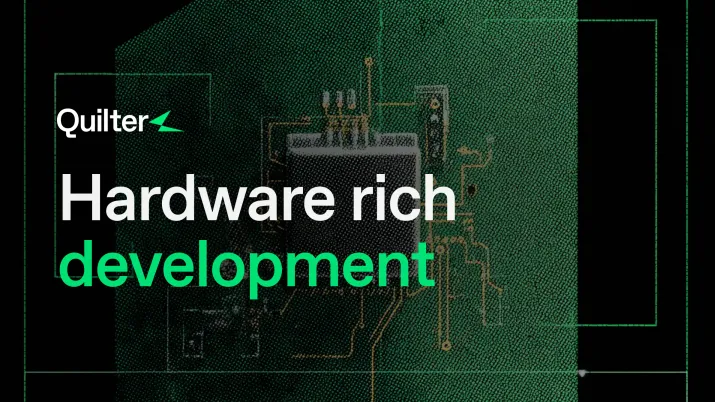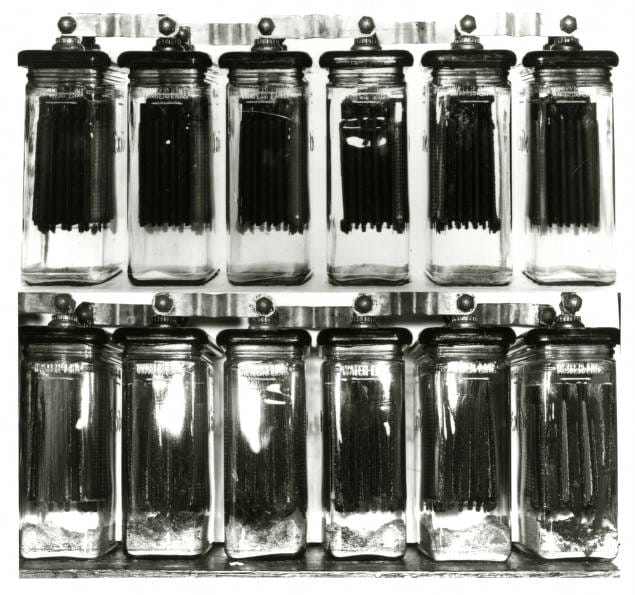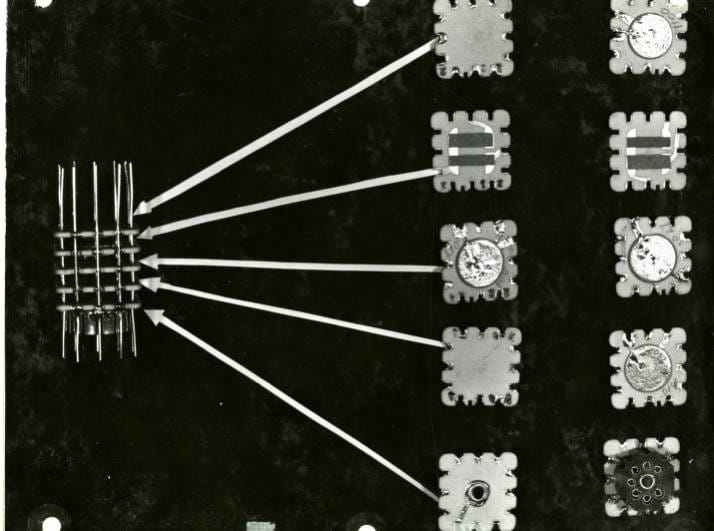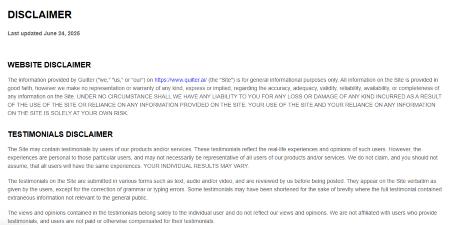The Joy is the Job: Nancy Smith on Crafting Beautiful Hardware, One PCB at a Time
Most of us in engineering are chasing progress but beneath the metrics and milestones lies something quieter: happiness.

“I can’t wait to wake up in the morning because I love my job.”
That’s not something you hear every day from someone who’s been in the electronics industry since the early 1980s. But for Nancy Smith, a senior PCB designer, joy and curiosity have been the driving forces of her decades-long career.
Most of us in engineering are chasing progress: faster iteration cycles, more robust designs, tighter integration with manufacturing. But beneath the metrics and milestones lies something quieter: craft.
Nancy Smith’s story is about that craft. Her voice is one of patience, clarity, and persistent joy — the kind of voice we don’t hear enough in tech. She's a veteran circuit board designer who has stayed curious and hands-on through every era of hardware.
She’s not just surviving in this industry. She’s thriving. And she's doing it by leaning into the philosophy of good design.
Her story is grounded, hands-on, and quietly profound: the kind of perspective that reminds us why we got into engineering in the first place.
Adaptation as an Extreme Sport
This is where Nancy’s story gets interesting, and honestly, kind of inspiring. She came back from maternity leave once and discovered her entire workflow had gone digital. No light tables, no tape, no donuts. Just computers. And she had no idea what a computer even was.
Here’s the transition that matters: that moment could have been a career-ending roadblock. It wasn’t. Because Nancy did what resilient engineers do: she learned, adapted, and got even better. No complaining. No nostalgia for the old ways. Just a quiet confidence that if the tools change, she’ll change too.
That’s not just a nice personal anecdote. It’s a survival skill. This industry reinvents itself every five years, whether you like it or not. Today it’s AI-driven PCB optimization and rigid-flex integration; tomorrow it’ll be something else entirely. The question isn’t will the landscape change? It’s will you still enjoy the work when it does?
Nancy’s answer was yes and that’s why she’s still here, thriving.

Joy Is the Hidden Constraint
Here’s what really hit me as I listened to Nancy: her secret weapon isn’t just adaptability. It’s joy.
And before you roll your eyes, no, this isn’t about printing inspirational posters for the lab. I’m talking about the very real, very practical necessity of loving the process if you want to last in this field. Because let’s be honest: PCB design is hard. Every board is a minefield of tradeoffs. Impedance, EMI, heat dissipation, form factor, cost constraints, sourcing delays, test bottlenecks and any one of those can derail your week. And if your only fuel is “get it done,” burnout isn’t a possibility, it’s a guarantee.
Joy is what makes the grind sustainable. It’s the difference between seeing a failed prototype as proof of your incompetence or as a puzzle worth solving. It’s what lets you laugh when the client hands you a two-layer board spec with controlled impedance (and you know it’s impossible). Joy gives you the resilience to keep learning when the tools evolve, because you actually want to see what’s next.
Nancy has that. She lights up when she talks about the elegance of a well-routed board, or the thrill of turning a napkin sketch into something real. That spark? It’s what every great engineer I’ve met shares. Not ego. Not titles. Not even raw talent. Joy.
So ask yourself this: when was the last time you felt proud of your work. Not because it shipped, but because it was beautiful? If you can’t remember, maybe it’s time to rediscover that. Not for your boss. Not for the client. For you.
Because here’s the truth: the hardware will keep getting harder. The only thing that makes it easier is finding a reason to love the process again.
Why Whole-Stack Thinking Isn’t Optional
Nancy doesn’t just “do layout.” She’s soldered boards, sourced parts, debugged prototypes, and even messed around with 3D printers. Basically, if there’s a bottleneck between idea and product, she’s seen it and probably fixed it with a smile.
Here’s the thing: that perspective matters. The best board designers don’t live in isolation. They think about assembly, they think about test, they think about the poor soul who’s going to have to fit this PCB into an enclosure with 0.0003 mm of clearance because marketing loved the “sleek form factor.”
If you want your design to survive, start thinking like Nancy.

The Hardest Thing to Engineer
We obsess over specs, timelines, and margins because that is what engineering demands. But the hardest thing to engineer is not the PCB, it is your own sense of curiosity. It is easy to lose in the noise of release schedules and Rev 4 panic. It is easy to forget that underneath all of it, we are builders. We turn ideas into objects that did not exist yesterday. That should feel like magic.
Nancy reminded me of that. She is proof that longevity in this industry is not about knowing every new tool or memorizing IPC standards like a bedtime story. It is about staying delighted in the work, even when it throws you a curveball. Maybe especially when it throws you a curveball.
So here is my challenge: next time you are staring at a layout that feels impossible, do not just grit your teeth and push through. Take a breath. Find something about it that intrigues you, that makes you curious again. Because the board will test your patience. The process will humble you. But if you can hold on to the joy, even a little, that is when the work gets good.
And if all else fails? Just remember: someone once taped donuts to a light table and called it progress. You have got this.
Lessons From Nancy Smith
- Always be learning — even when it means starting from scratch.
- Find joy in the process, not just the product.
- Design is more than CAD. It’s communication, test, sourcing, and build.
- Keep things fun — the best engineers never stop being curious.
- If you love it, it doesn’t feel like work.
What Would Happen If You Made Space for Joy in Your Work?
If you’ve been stuck in revision loops, frustrated by timelines, or burned out by opaque processes — maybe it’s time to take a step back.
Nancy reminds us that great engineering isn’t just solving problems. It’s about caring enough to do it well, with a little curiosity and a lot of humility.
So ask yourself:
When was the last time you designed something you were proud of — not just because it worked, but because it was well made?
If you're reading this and thinking, “Damn, I wish someone had told me this five years ago”—good. Me too. That’s why we’re having these conversations.
Check out the rest of the Hardware Rich Development series for interviews with the people who build the real stuff. And if you’ve got strong opinions, better stories, or a sketchy board you’d like reviewed publicly (kidding… unless?), drop me a line.
We’re making this industry better. One trace at a time.


